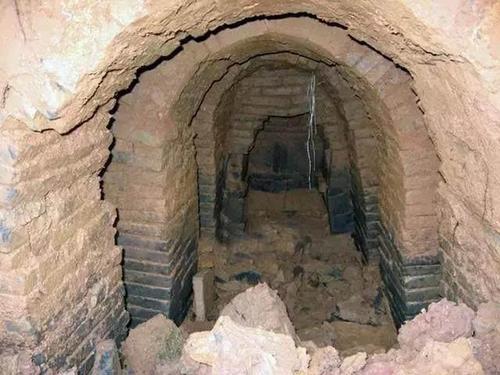
Why Don't They Open the Tomb of Qin Shi Huang?
The tomb of Qin Shi Huang, China's first emperor, is one of the most fascinating and mysterious archaeological sites in the world. Discovered in 1974, the tomb complex has yielded thousands of terracotta warriors, horses, and chariots, but the emperor's burial chamber itself remains unopened. While the allure of potential treasure and historical insights is strong, there are compelling reasons why Chinese authorities and archaeologists remain hesitant to disturb the emperor's final resting place.
Preservation Concerns: The Fragility of History
The primary concern regarding the tomb's excavation is the potential for irreversible damage. The tomb has remained sealed for over two millennia, creating a delicate micro-environment within. Exposure to the outside world, with its differing humidity, temperature, and airborne contaminants, could lead to the rapid deterioration of organic materials, such as wooden artifacts, textiles, and even the emperor's remains.
Even the pigments used on the terracotta army are known to be fragile; some figures exposed during early excavations experienced fading after contact with air. Given the sheer scale and complexity of the tomb, the risk of damaging or destroying priceless historical artifacts is significant.
Technological Limitations: Respecting the Past, Awaiting the Future
While modern archaeology has developed sophisticated tools and techniques, excavating a site as vast and complex as Qin Shi Huang's tomb presents unique challenges.
- Structural Integrity: The tomb's structural stability after over 2,000 years is unknown. Any excavation would require meticulous planning and execution to avoid collapses that could endanger both researchers and artifacts.
- Booby Traps: Historical texts describe elaborate booby traps designed to deter grave robbers. While some dismiss these accounts as legend, the possibility of their existence cannot be entirely ruled out. Advanced imaging techniques and robotic exploration are being considered as safer alternatives to human entry.
- Ethical Considerations: There is a growing movement within archaeology to adopt a more cautious approach, advocating for preservation rather than immediate excavation. This is particularly relevant when dealing with burial sites, as disturbing the dead is seen as disrespectful by many cultures, including China.
The Legend of the Booby Traps: Fact, Fiction, or Fear?
Adding to the intrigue surrounding the tomb are ancient accounts describing ingenious and deadly booby traps. The historian Sima Qian, writing a century after the emperor's death, described crossbows rigged to fire upon intruders and rivers of mercury meant to deter grave robbers. While the existence of such mechanisms hasn't been confirmed, their legend persists, adding a layer of caution to any excavation plans.
Looking Forward: Patience and Technological Advancement
The Chinese government has adopted a cautious stance, prioritizing the preservation of the tomb for future generations. Archaeologists are focusing on non-invasive techniques, using ground-penetrating radar, magnetic imaging, and remote sensing to map the tomb's interior and identify areas of interest for potential future study.
The hope is that technological advancements will eventually provide tools and methods that allow for exploration with minimal risk to the tomb and its contents. Until then, the secrets of Qin Shi Huang's tomb continue to captivate the world, a testament to the power and mystery of the ancient world.
Q&A
1. When was the tomb of Qin Shi Huang discovered? The tomb complex was discovered in 1974 by farmers digging a well.
2. What is the main reason the tomb hasn't been opened? Concerns about potential damage to the delicate artifacts and the tomb's structural integrity are the primary reasons for the delay in opening the burial chamber.
3. Are there plans to open the tomb in the future? There are no immediate plans to excavate the burial chamber. Chinese authorities and archaeologists are prioritizing preservation and awaiting further technological advancements that would allow for safer exploration.